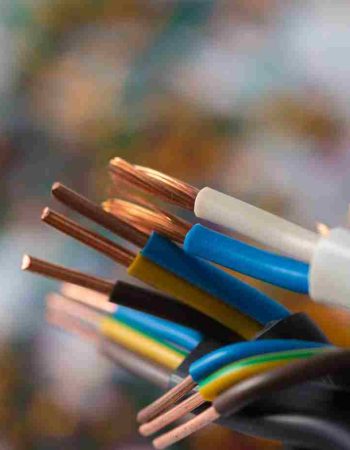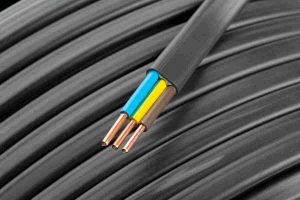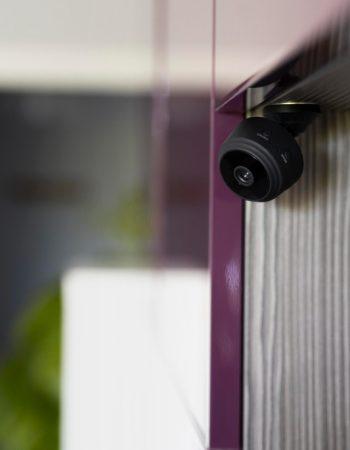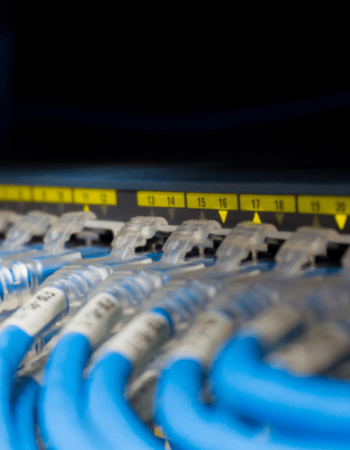In the dynamic landscape of modern technology, where speed, reliability, and efficiency reign supreme, the importance of fiber optic cable installation in network infrastructure cannot be overstated. As the digital realm continues to expand exponentially, businesses, institutions, and individuals alike rely heavily on seamless connectivity to facilitate communication, data transmission, and access to information. Within this intricate web of connectivity, fiber optic cables emerge as the backbone, offering unparalleled performance and paving the way for the future of networking solutions.
The Evolution of Connectivity:
The evolution of connectivity has witnessed a remarkable journey, from the early days of copper wire networks to the revolutionary advent of fiber optics. Fiber optic cable installation represents a quantum leap in network technology, leveraging the principles of light transmission to transmit data over long distances at lightning-fast speeds. Unlike traditional copper cables, which are susceptible to electromagnetic interference and signal degradation, fiber optics offer immunity to such disturbances, ensuring consistent and reliable performance even in the most demanding environments.
Unparalleled Speed and Bandwidth:
One of the most compelling advantages of fiber optic cable installation lies in its ability to deliver unmatched speed and bandwidth. With the exponential growth of data-intensive applications such as streaming media, cloud computing, and IoT (Internet of Things) devices, the demand for high-speed connectivity has never been greater. Fiber optics rise to the occasion, offering Gigabit and even Terabit transmission speeds, enabling seamless data transfer and real-time communication across vast networks.
Enhanced Reliability and Security:
In addition to speed, reliability is paramount in the realm of networking. Fiber optic cables exhibit inherent durability and resilience, making them less susceptible to environmental factors such as temperature fluctuations, moisture, and corrosion. Moreover, the secure transmission of sensitive data is of utmost importance in today’s digital landscape. Fiber optic cables employ advanced encryption techniques and are immune to electromagnetic interference, minimizing the risk of data breaches and ensuring the confidentiality and integrity of information transmitted across the network.
Scalability and Future-Proofing:
Another key advantage of fiber optic cable installation is its scalability and future-proofing capabilities. As the demand for bandwidth continues to soar, fiber optics offer virtually unlimited capacity for expansion, allowing network infrastructures to accommodate growing data volumes and emerging technologies seamlessly. Whether it’s upgrading to higher transmission speeds or extending network reach to accommodate new locations, fiber optic cabling solutions provide a flexible and cost-effective pathway to adapt to evolving business needs.
Also Read: 6 Importance of fiber Optic Cable Installation in Modern Networks
Eco-Friendly and Cost-Effective:
Beyond performance benefits, fiber optic cable installation also presents environmental and economic advantages. Unlike traditional copper cables, which require significant energy consumption for signal amplification and maintenance, fiber optics operate with minimal power requirements, reducing carbon footprint and energy costs. Furthermore, the longevity and durability of fiber optic cables translate into lower maintenance expenses and fewer replacement cycles over the long term, making them a sustainable and cost-effective investment for businesses and organizations.
Applications Across Industries:
The impact of fiber optic cable installation extends across a wide range of industries, revolutionizing the way businesses operate and communicate. In the realm of telecommunications, fiber optics form the backbone of high-speed internet networks, enabling seamless voice, data, and video communication on a global scale. In the healthcare sector, fiber optic networks facilitate the transfer of medical records, diagnostic imaging, and telemedicine services, improving patient care and enabling remote consultations. Similarly, in the finance and banking industry, fiber optic cables ensure secure and high-speed transmission of financial data, supporting real-time transactions and electronic trading platforms.
Innovation and Advancements:
The relentless pursuit of innovation continues to drive advancements in fiber optic technology, pushing the boundaries of what’s possible in terms of speed, efficiency, and reliability. From the development of advanced fiber optic materials to the deployment of cutting-edge transmission techniques such as Dense Wavelength Division Multiplexing (DWDM) and Coherent Optical Communication, researchers and engineers are constantly striving to enhance the performance and capabilities of optic networks. These innovations not only enable faster data transmission but also pave the way for new applications and services that were previously unimaginable.
Future Outlook:
Looking ahead, the future of optic cable installation appears brighter than ever, with continued advancements in technology poised to further revolutionize the way we communicate and connect. The rollout of 5G wireless networks, coupled with the proliferation of IoT devices and smart technologies, will drive the demand for high-speed, low-latency connectivity, making fiber optics indispensable in supporting these next-generation networks. Moreover, as we embrace the era of Industry 4.0 and the Internet of Everything (IoE), fiber optic cables will play a pivotal role in enabling the seamless integration of digital technologies across various sectors, from manufacturing and logistics to transportation and energy.
Conclusion
In conclusion, the importance of fiber optic cable installation in modern networks cannot be overstated. From delivering unparalleled speed and reliability to ensuring enhanced security and scalability, fiber optics represent the pinnacle of network technology, driving innovation and empowering connectivity in the digital age. As businesses continue to embrace the transformative potential of emerging technologies such as cloud computing, IoT, and 5G, fiber optic cabling solutions will remain the cornerstone of robust and resilient network infrastructures, laying the foundation for a connected and empowered future. As we navigate the complexities of an increasingly interconnected world, fiber optics will continue to illuminate the path forward, facilitating communication, driving innovation, and connecting communities on a global scale.






